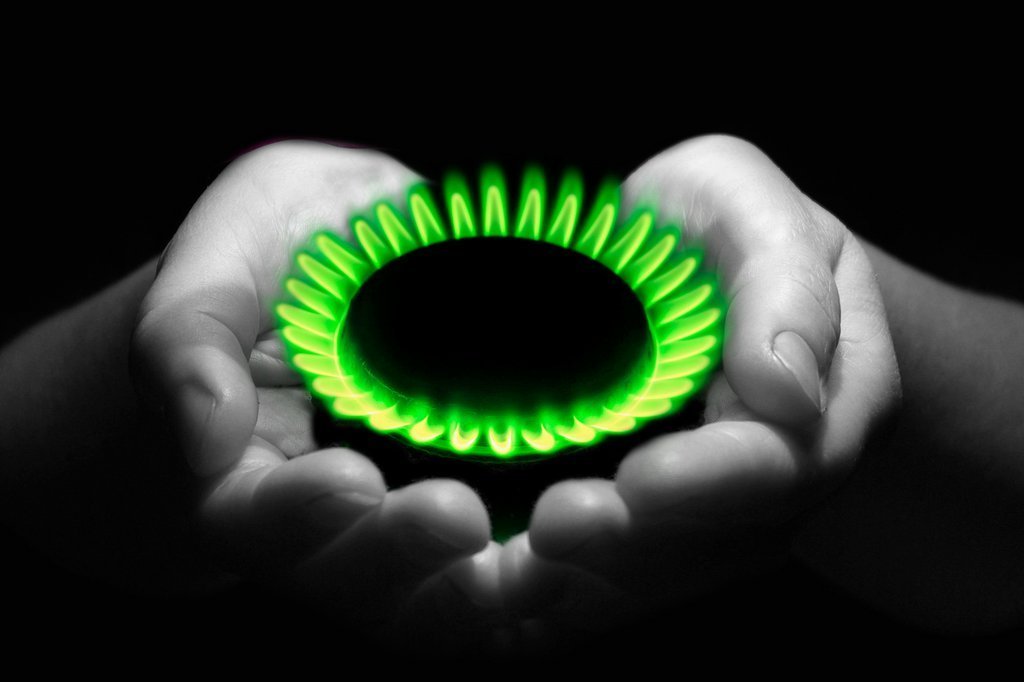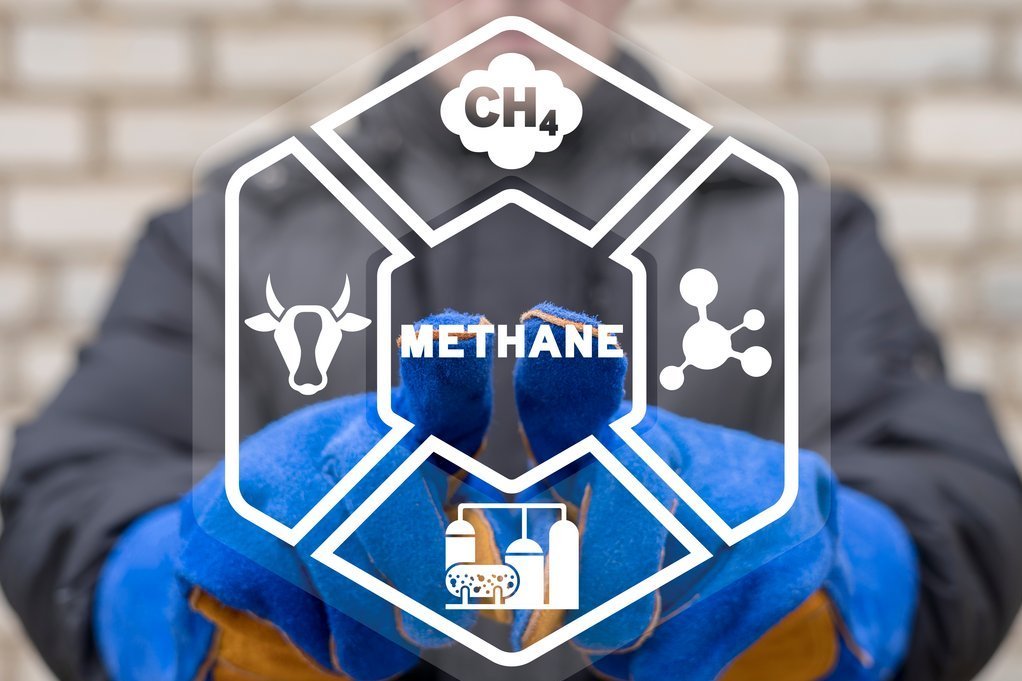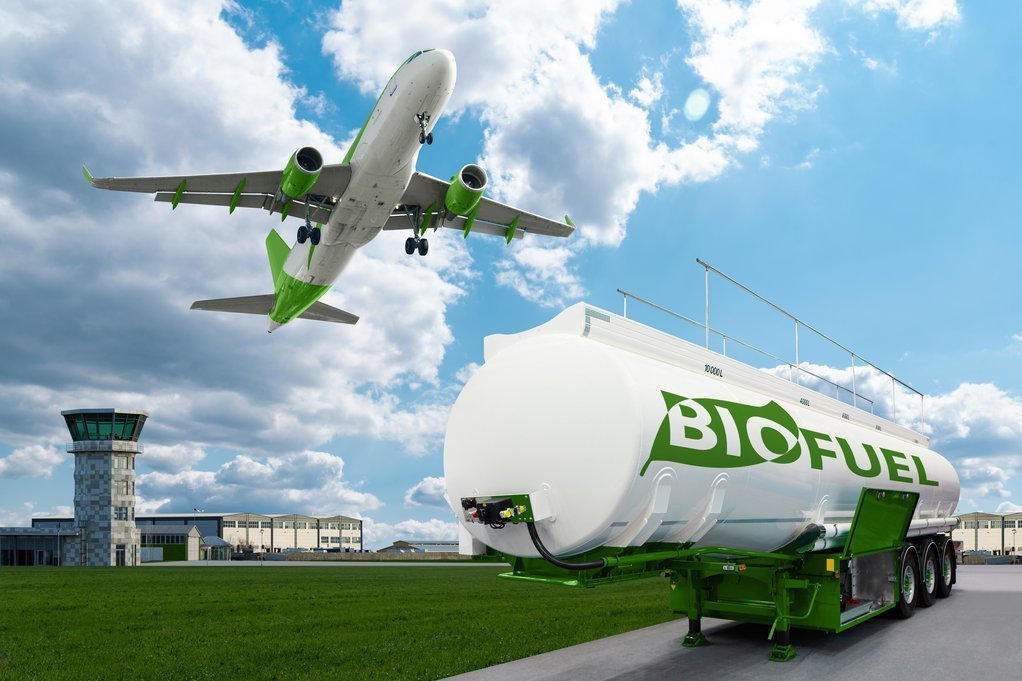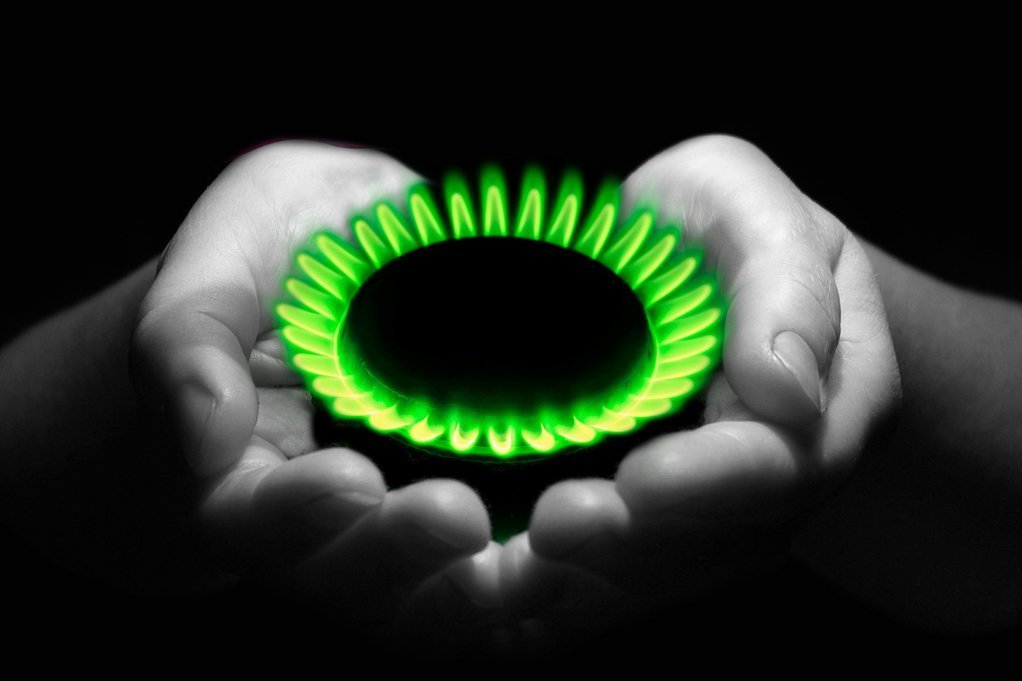

Sie möchten über aktuelle Veranstaltungen des GWI informiert werden?
Melden Sie sich hier kostenlos und unverbindlich zu unserem Veranstaltungs-Newsletter an.

Sie möchten über aktuelle Veranstaltungen des GWI informiert werden?
Melden Sie sich hier kostenlos und unverbindlich zu unserem Veranstaltungs-Newsletter an.

Renewable gases from biogenic sources and power-to-gas technologies will play a vital role in the future energy system. They are valuable renewable energy sources that are expected to gain increasing importance. These renewable gases provide the opportunity to utilize methane-based technologies in households, commercial buildings, industries, transportation, and power plants without relying on fossil gas. The prospect of green methane is particularly compelling in sectors that are difficult to convert, such as some thermal processing industries or heat supply in historic buildings.
Green gases as a central building block of the future energy system; © fetinescion (Shutterstock)
Many biogas plants in Germany are currently facing the expiration of the EEG (Renewable Energy Sources Act) subsidy after 20 years. GWI develops various options for meaningful post-support utilization of valuable green gas. This includes upgrading and injection of biogas into gas grids, as well as the sale of biomethane as a fuel for the mobility sector (Bio-CNG, Bio-LNG). Advanced concepts such as collection lines to centralized upgrading facilities or direct pipelines to individual consumers are also being investigated at GWI.
For years, GWI has conducted potential analyses to identify opportunities and risks for different utilization concepts based on geographical and local conditions, including quantifying pipeline construction costs.
In addition to injecting upgraded biomethane into gas grids or selling it to other markets, partially upgraded biogas, which has only been dried and roughly desulfurized, can be directly utilized. Industrial consumers located within a few kilometers often show great interest in sourcing a green fuel. Their goal is to manufacture their products using renewable energy partially or entirely, a desire that is increasingly expressed by customers as well. GWI has successfully carried out a number of application projects, including in the glass industry and metallurgy.
Naturally, GWI conducts combustion tests and laboratory analysis, including with bespoke gaseous fuels from the gas blending facilities. Additionally, GWI's calculation and simulation tools allow for quick answers to many questions.
Feel free to contact us with your project ideas.

In the biogas sector, the dominant approach involves generating biogas from biomass, followed by partial upgrading and combustion for power generation in combined heat and power plants (CHP). This concept is implemented in approximately 9,700 plants in Germany.
Furthermore, around 300 facilities perform gas upgrading through CO2 separation to produce bio-methane, which is then injected into the natural gas grid.
In the future, the separated CO2 could be processed with green hydrogen to produce renewable energy methane (EE-Methane), thereby significantly increasing the productivity of existing sites.

Certainly, there are numerous other utilization options for renewable gases. For instance, green methane can be compressed to produce bio-compressed natural gas (Bio-CNG) or liquefied to create bio-liquefied natural gas (Bio-LNG) for use in the mobility sector.
Furthermore, there are more advanced concepts being explored, such as the production of more complex raw materials for the chemical industry or as a substitute for kerosene. Additionally, research is being conducted on biomass-based hydrogen production. These innovative ideas aim to further expand the potential applications and benefits of renewable gases.

Green gases, such as biogas, biomethane, EE-methane, and other biomass-based products, could play a significant role in future energy systems, particularly in applications that are challenging to decarbonize using alternative renewable energy sources, especially through electrification. The large potentials in this field are not yet fully utilized.
The topic is multi-faceted and intersects with various sectors, including agriculture, waste management, fertilizer production, gas technology, process engineering, grid technology, as well as residential, commercial, and industrial application technologies. Additionally, it raises questions regarding regulations, subsidy conditions, and current political and legal developments.